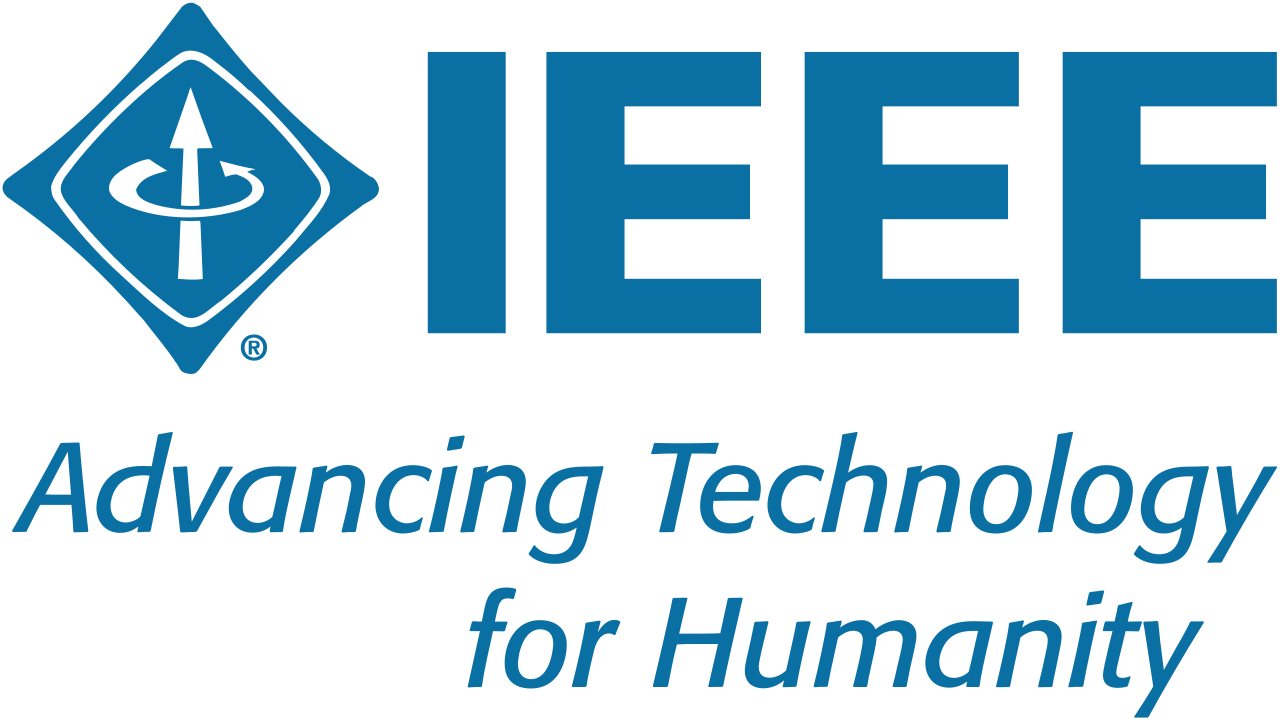Classification of Heart Disease Diagnoses Using Gaussian Naïve Bayes
Abstract
Keywords
References
R. R. Isnanto, I. Rashad, and C. Edi Widodo, “Classification of Heart Disease Using Linear Discriminant Analysis Algorithm,” E3S Web Conf., vol. 448, pp. 1–11, 2023, doi: 10.1051/e3sconf/202344802053.
L. A. Dewi, “Klasifikasi Machine Learning Untuk Mendeteksi Penyakit Jantung Dengan Algoritma KNN, Decision Tree dan Random Forest,” UIN Syarif Hidayatullah, 2023.
J. J. Pangaribuan, H. Tanjaya, and K. Kenichi, “Mendeteksi Penyakit Jantung Menggunakan Machine Learning Dengan Algoritma Logistic Regression,” J. Inf. Syst. Dev., vol. 06, no. 02, pp. 1–10, 2021.
A. Ahmadi and N. R. Ganji, “AI-Driven Medical Innovations : Transforming Healthcare through Data Intelligence,” Int. J. BioLife Sci., vol. 2, no. 2, pp. 132–142, 2023.
M. Gallego, A. Berman, and M. Crispin, “Artificial intelligence in healthcare: A technological perspective,” Innov. Sustain. Futur. Healthc., 2020.
T. A. Mylano, “Mengenal Penyakit Jantung Koroner, Penyebab Kematian Tertinggi di Dunia,” www.siloamhospitals.com, 2024. https://www.siloamhospitals.com/informasi-siloam/artikel/mengenal-penyakit-jantung-koroner-penyebab-kematian-tertinggi-di-dunia (accessed Jun. 09, 2024).
T. Suryadi, “Kematian Mendadak Kardiovaskuler,” J. Kedokt. Syiah Kuala, vol. 17, no. 2, pp. 112–118, 2017, doi: 10.24815/jks.v17i2.8990.
M. Abdar, S. R. N. Kalhori, T. Sutikno, I. M. I. Subroto, and G. Arji, “Comparing performance of data mining algorithms in prediction heart diseses,” Int. J. Electr. Comput. Eng., vol. 5, no. 6, pp. 1569–1576, 2015, doi: 10.11591/ijece.v5i6.pp1569-1576.
N. M. Ratminingsih, “Penelitian Eksperimental Dalam Pembelajaran Bahasa Kedua,” Prasi, vol. 6, no. 11, pp. 31–40, 2010.
I. As’ad, “Advancing Healthcare Diagnostics: A Study on Gaussian Naive Bayes Classification of Blood Samples,” Int. J. Artif. Intell. Med. Issues, vol. 1, no. 2, pp. 115–123, 2023, doi: 10.56705/ijaimi.v1i2.120.
I. Ovyawan Herlistiono and S. Violina, “Naïve Bayes Binary Classification for Film Review,” no. 204, 2020.
A. Bhandari, “Confusion Matrix in Machine Learning,” www.analyticsvidhya.com, 2024. https://www.analyticsvidhya.com/blog/2020/04/confusion-matrix-machine-learning/ (accessed Jun. 15, 2024).
M. S. Anggreany, “Confusion Matrix,” www.socs.binus.ac.id, 2020. https://socs.binus.ac.id/2020/11/01/confusion-matrix/ (accessed Jun. 15, 2024).
DOI: 10.33751/komputasi.v21i2.10114
 Abstract views : 606
Abstract views : 606
Refbacks
- There are currently no refbacks.

This work is licensed under a Creative Commons Attribution 4.0 International License.









